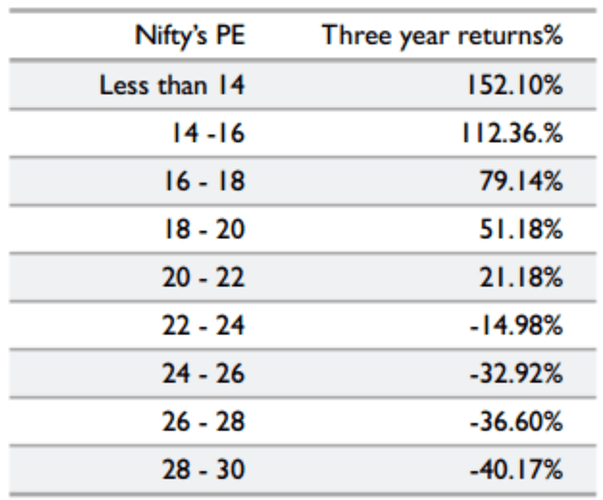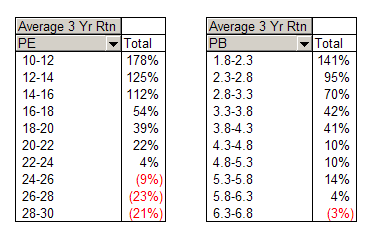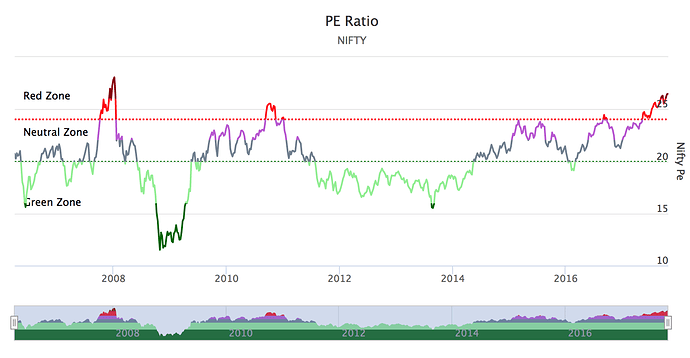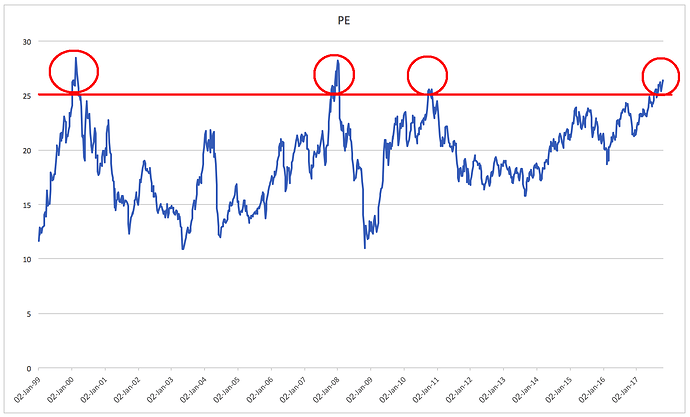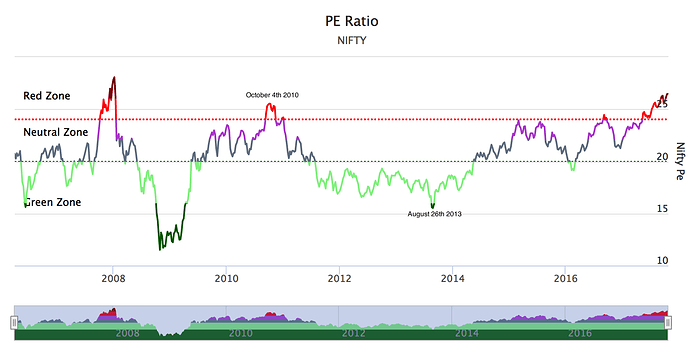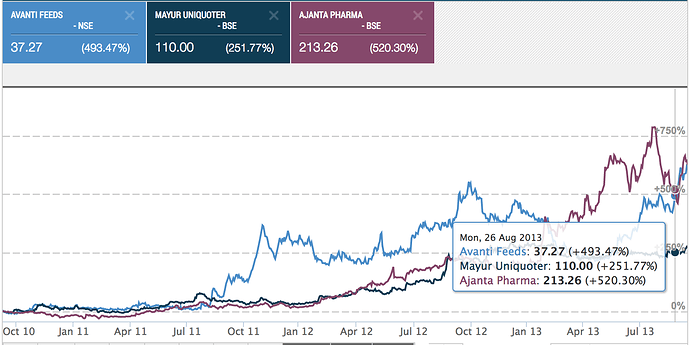Dear @Yogesh_s
Please do not see the below words as overconfidence ![]() I know humility is more appreciated but sometimes it is not required, so I will flat out state my facts.
I know humility is more appreciated but sometimes it is not required, so I will flat out state my facts.
The biggest mistake will be to think of any member of this forum “average”.
Why: I although wise in the ways of business (some might say that) was a fool when it came to investing. Sure, I may and many others may have made some money with stocks, but there was no process behind investing.
This forum will take the dumbest person and change their entire outlook to investing. The number of things learned are so many, it is impossible to put them down in a sentence or ten sentences. It is the most amazing exposure to one who was earlier a retail investor like me and used to think investing is a black art; a game of pure luck etc. The “black” has been removed and what remains is the art; priceless and will carry us forward for years to come. Thus no one who reads and participates here, remains average anymore.
The mind, once expanded to the dimensions of larger ideas, never returns to its original size” - Oliver Wendell Holmes
We all come to this forum which is a fountain of knowledge to someone who wants to drink from it, benefit from it, we don’t even ask who pays for all the maintenance of this collaboration. I have personally had the pleasure of reading thousands of posts and I am sure everyone has benefited in some way which changes us from being the clueless retail guy to a more informed participant in the markets. There is reading, arguing, presenting our logic, getting validation or a reality check. This is not available to everyone so we should not take the learnings here as information that everyone has, no they do not.
So, average is not acceptable. The average is a statistic encompassing all of the market participants and then the only fair investment is the Index ETF and nothing else and then there was no point to reading and learning here. Assuming that would be my mistake.
Plus, we have the privilege of being given the opportunity to learn from some of the finest investing minds, yourself included in my list so how can we be average.
Here is a chart from Sanjaybakshi on the Indian indices. I will be surprised if this time it’s different.
I also have a lot of data from other global markets and I am sure you do too.
Why be average? I want to be above average. Special ![]()
So, a big thank you to all the people who made this forum and kept it open so everyone could learn and become a better investor.

